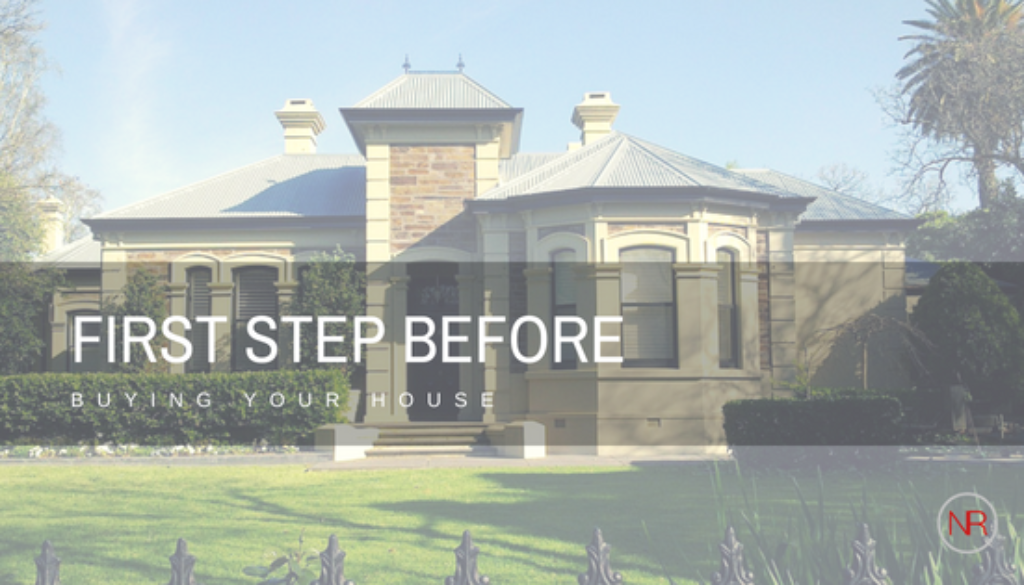Fixed-Rate Versus Adjustable-Rate
You must know these mortgage options before buying your next house.
What’s the Difference?
A Fixed-Rate Mortgage.-
Is a loan in which the interest rate remains the same for the entire term of the loan—typically for 15 to 30 years.
Unlike loans where the interest rate may change periodically, your principal and interest payment will not fluctuate with a fixed-rate loan.
However, the escrowed portion of the payment may change due to adjustments in taxes and homeowners insurance rates.
If you’re planning on living in your home for an extended period of time, you may find that a fixed-rate mortgage is the best option for you.
An Adjustable-Rate Mortgage (ARM).-
Is a loan with an interest rate that is periodically adjusted. This means, your monthly principal and interest payments fluctuate.
The interest rate for the loan is often based upon a market index, and payments may become either higher or lower based upon market conditions affecting the index at the time of the change.
These interest rate changes are often capped to limit adjustments both periodically and over the life of the loan.
This loan is often better suited for borrowers who are not planning to own their home for a long period of time.



